Erosion Shields
Erosion Shields are designed to eliminate major maintenance and downtime costs from boiler and condenser tube failure.
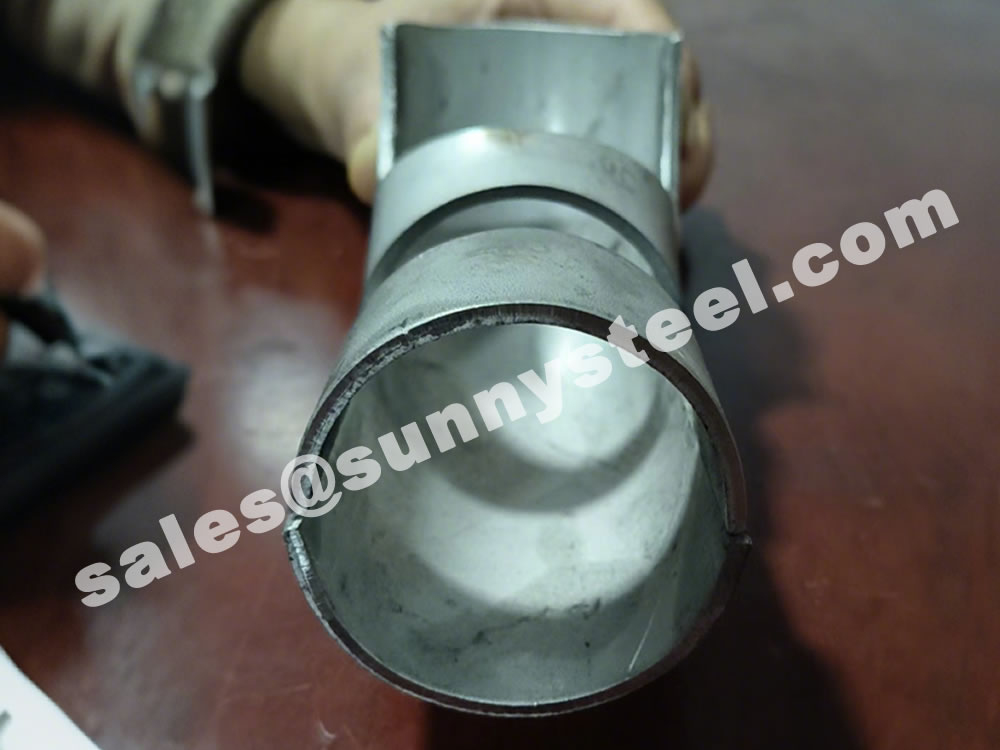
12Cr13 Tube shield offers good hardenability, high strength, and moderate corrosion resistance, making it suitable for applications requiring wear resistance and mechanical strength.
1Cr13, also known as AISI 410 or X12Cr13, is a martensitic stainless steel containing approximately 11.5–13.5% chromium and 0.08–0.15% carbon.
Download PDFX12Cr13 belongs to the European standard martensitic stainless steel, the implementation of the standard “EN 10088-3-2014”.
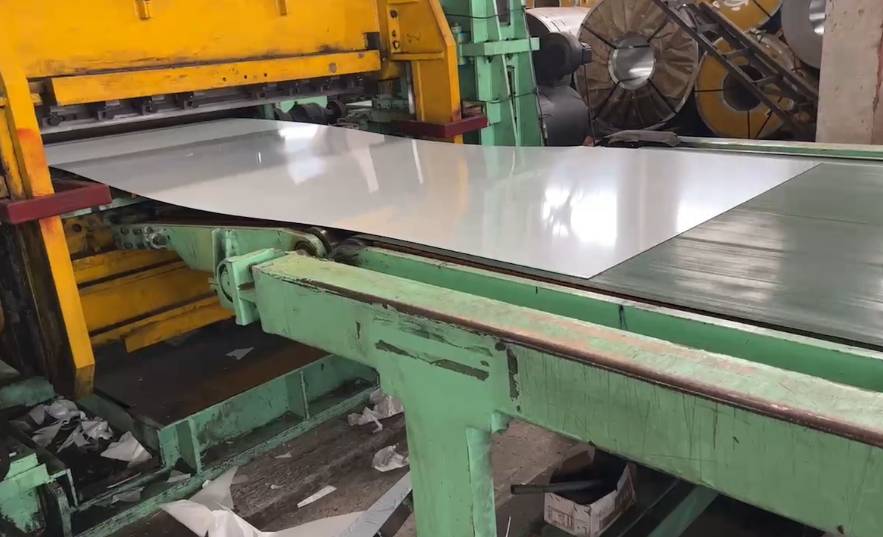
X12Cr13 hardenability is good it has high hardness, toughness, good corrosion resistance, hot strength, and cold deformation properties, shock absorption is also very good. Require high or low-temperature tempering, but should avoid tempering treatment between 370-560 ℃. X12Cr13 stainless steel has good corrosion resistance, machinability, generally used in the production of weak corrosive media resistance, and bear the load of the parts, such as turbine blades, hydraulic press valves, bolts, nuts, etc.
Mainly used in the requirement of high toughness, a certain degree of stainlessness, and bearing the impact of a load of parts, such as edged tools, Blades, fasteners, hydraulic press valves, thermal Cracking anti-sulfur corrosion equipment, etc., can also be made at room temperature conditions resistant to weak corrosive media, equipment, and components, etc.
12Cr13 is a nickel-free stainless steel, a martensitic stainless steel with good hardenability. Stainless steel has a good safety performance due to its high strength and relatively lightweight, especially after impact, it absorbs less energy than other metal materials. Ferritic high-strength cast steel is mainly used in nuclear power plant turbines, with good toughness, and high-temperature thermal strength.
After quenching and tempering with high strength, toughness, good corrosion resistance, and machinability. Mainly used for parts requiring high toughness, a certain degree of stainlessness and to withstand impact loads. Such as edged tools, blades, fasteners, hydraulic press valves, thermal Cracking sulfur corrosion resistant equipment, etc., can also be made at room temperature conditions resistant to weak corrosive media equipment and components.
Stainless steel 12Cr13 is not toxic and can be used for cutlery. But 12Cr13 is not up to food grade. The reason is as follows:
12Cr13 is martensitic heat-resistant steel, a product under the U.S. Finkler mold steel, the main components of carbon, silicon, sulfur, phosphorus, etc., with high strength, toughness, good corrosion resistance, and machinability.
| Element | Content |
|---|---|
| Carbon (C) | ≤ 0.15 |
| Silicon (Si) | ≤ 1.00 |
| Manganese (Mn) | ≤ 1.00 |
| Sulfur (S) | ≤ 0.030 |
| Phosphorus (P) | ≤ 0.040 |
| Chromium (Cr) | 11.50 ~ 13.50 |
| Nickel (Ni) | ≤ 0.60 |
Performance characteristics and uses by quenching and tempering with high strength, toughness, good Corrosion resistance, and machinability.
Mainly used for the requirements of high toughness, a certain degree of stainless steel and bear impact load parts, such as cutting edge, blades, fasteners, hydraulic valves, thermal Cracking sulfur corrosion equipment, etc., but also can be made in the room temperature conditions of weak corrosive media resistant equipment and components
| Property | Value |
|---|---|
| Non-proportional Extension Strength (Rp0.2)/MPa ≥ | 205 |
| Tensile Strength (Rm)/MPa ≥ | 450 |
| Elongation (A)/% ≥ | 20 |
| Cold-Formed 180° (d : Apex Diameter, a : Plate Thickness) | d = 2a |
| HBW ≤ | 217 |
| HRB ≤ | 96 |
| HV ≤ | 210 |
Through heat treatment, the mechanical properties of stainless steel, commonly known as a class of stainless steel can be hardened. Typical grades for Cr13 type, such as 2Cr13, 3Cr13, 4Cr13, and so on. Higher hardness after quenching, different tempering temperatures with different toughness combinations, mainly used for steam turbine blades, cutlery, and surgical instruments.
According to the difference in chemical composition, martensitic stainless steel can be divided into martensitic chromium steel and martensitic chromium-nickel steel two categories. According to the different organization and strengthening mechanisms, can also be divided into martensitic stainless steel, martensite, and semi-austenitic (or semi-martensitic) precipitation-hardening stainless steel and martensitic aging stainless steel.
The standard martensitic stainless steels are Types 403, 410, 414, 416, 416(Se), 420, 430, 431, 440A, 440B, and 440C, which are magnetic; these steels derive their corrosion resistance from “chromium”, which ranges from 11.5 to 18%. The higher the chromium content, the higher the carbon content required to ensure martensite formation during heat treatment. The three Type 440 stainless steels mentioned above are seldom considered for applications requiring welding, and the molten filler metal of Type 440 composition is not readily available.
Improvements to standard martensitic steels, containing added elements such as nickel, molybdenum, vanadium, etc., are mainly used to raise the limited allowable working temperatures of standard steels to temperatures higher than 1,100 K. When these elements are added, the carbon content is also increased, and as the carbon content is increased, the problem of avoiding Cracking in the hardened heat-affected zone of the weldment becomes more serious.
The cross-sectional shape of boiler tubes shields is mostly semi-circular (180 degrees), and there are also 120-160 degrees.
It is mainly used on finned tubes (water-cooled walls); boiler tube erosion shields are divided into direct wear-resistant shields, in-curve, anti-wear shields, outer-curve, anti-wear shields, side-curve anti-wear shields, s-curve anti-wear shields, etc.
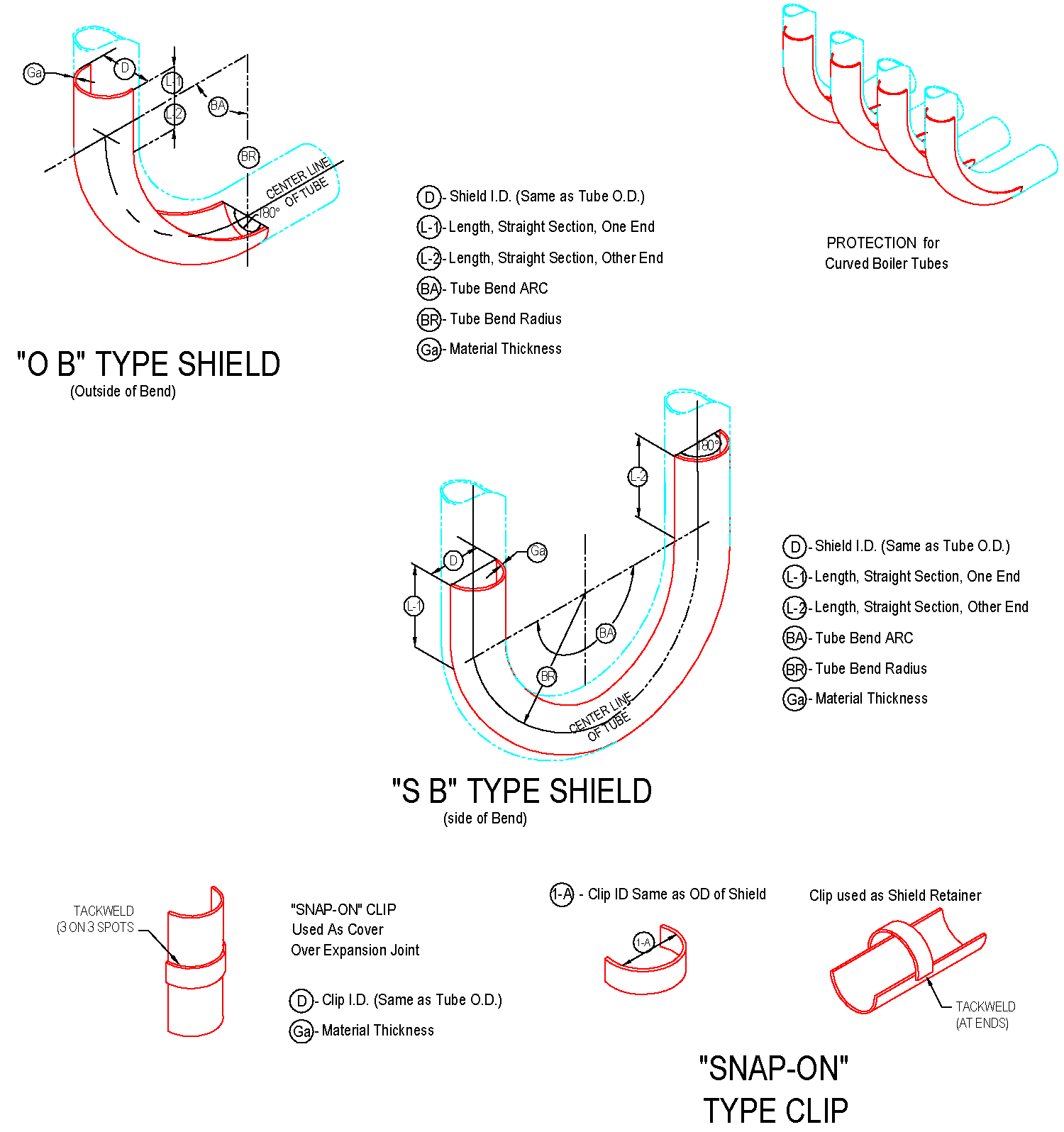
The length of the straight anti-wear shields ranges from 20mm to 3000mm, and the general length of 1000-2000mm is commonly used. The anti-wear shields with bends generally requires a processing drawing and the following parameters should be on the drawing: outer diameter of the pipe used, bending of the pipe Radius R (to the center of the pipe), the degree of bending angle, and the length of the straight sections on both sides of the arc segment of the wear-resistant shields.
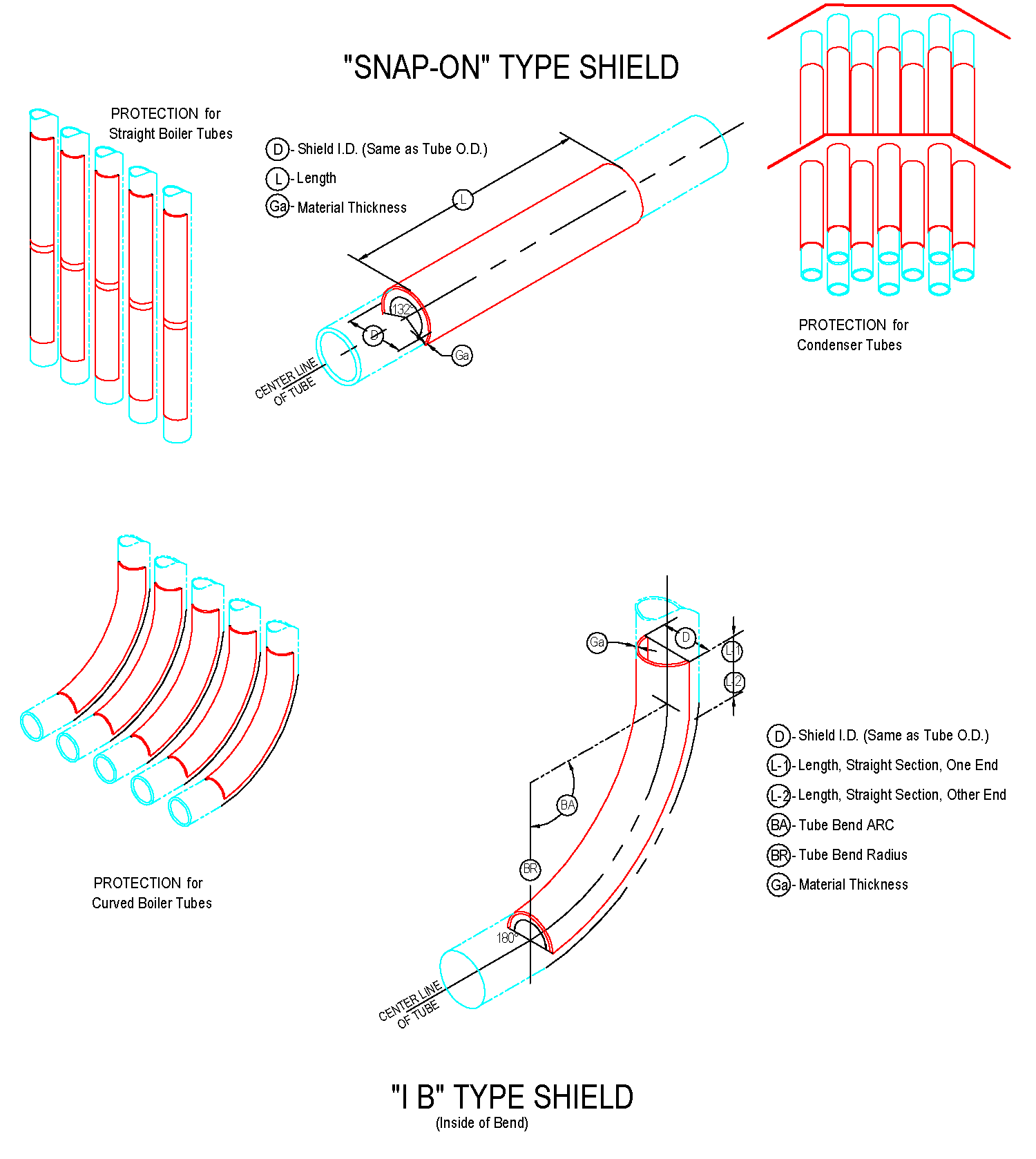
The most basic parameter of boiler tubes shields is the outer diameter of the tube used (that is, the inner diameter of boiler tubes erosion shields). The main specifications of the tube are: 32, 38, 42, 44.5, 48, 51, 57, 60, 63.5 , 76, 89mm, etc . the inner diameter of the boiler tubes erosion shields is usually 1-3mm larger than the outer diameter of the tube used, depending on the actual requirements.
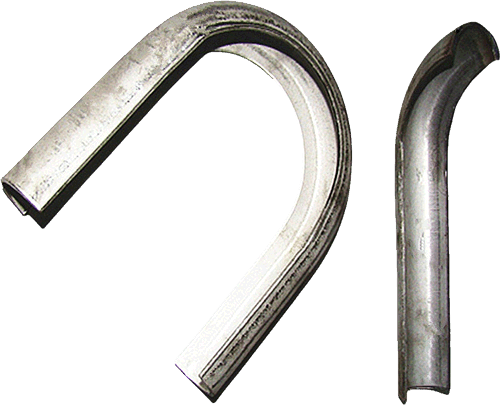
The current production process for tube shields is to use high-pressure presses and professional moulds for pressing.
Tube shields from us are manufactured to exacting standards. Advanced equipment and material handling capabilities permit us to offer the fastest turnaround times anywhere.
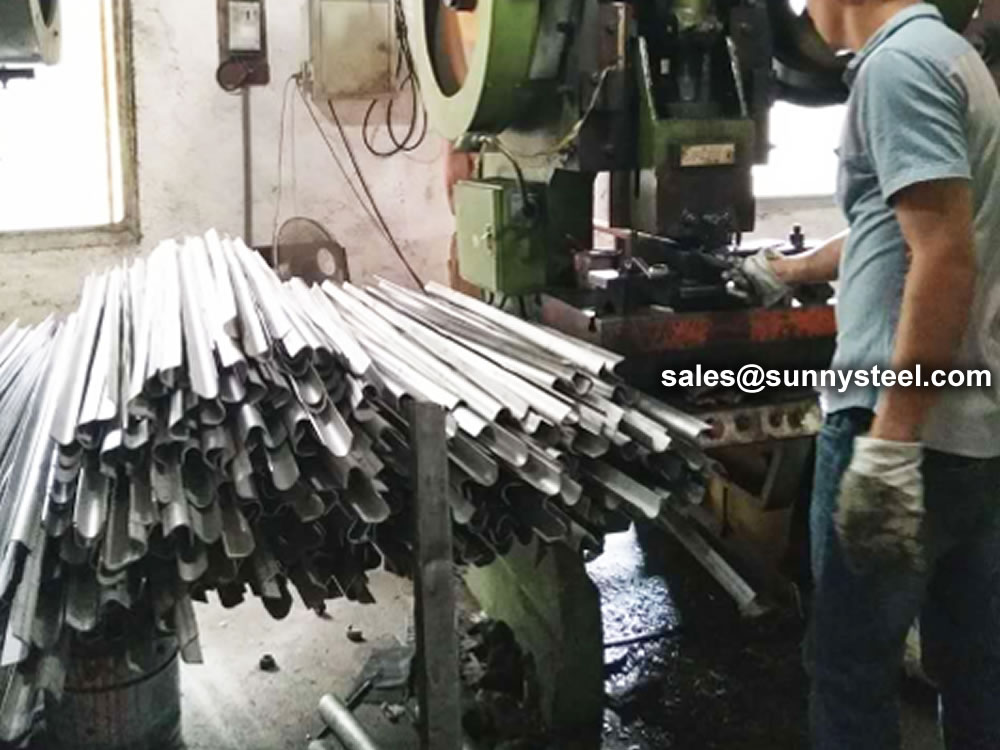
The current production process for tube shields is to use high-pressure presses and professional moulds for pressing.
The production time is short, the welding performance is good, the welding seam does not fall off, the surface is smooth and the appearance is beautiful. The arc-shaped wear-resistant tile is pressed on a press or bent on a pipe bender with a special mould.
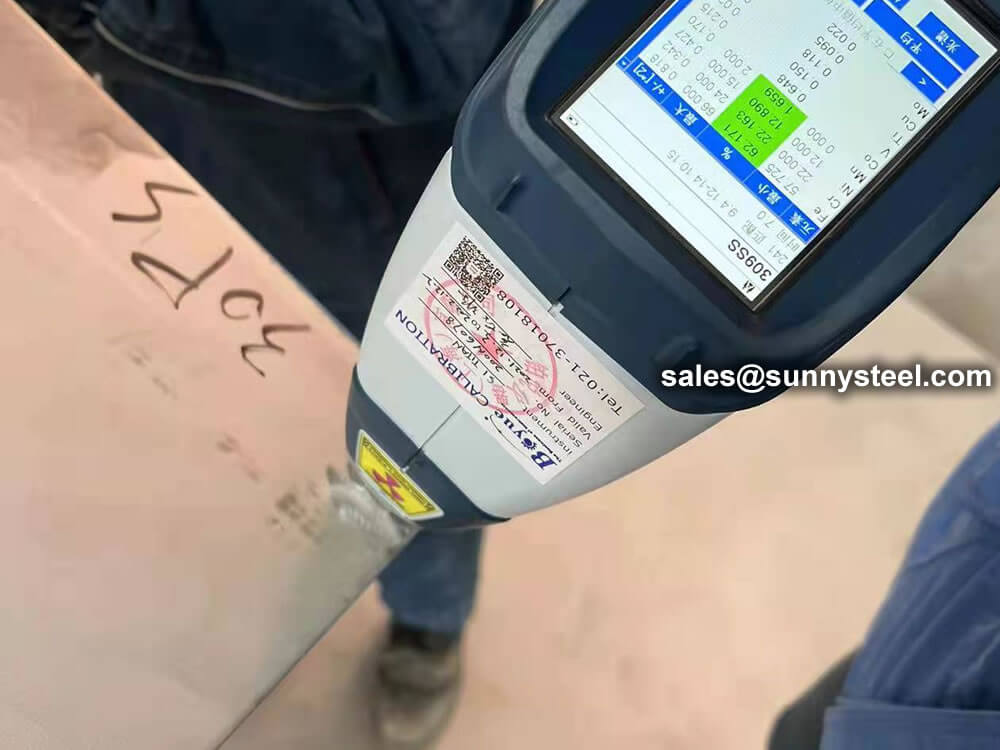
To ensure the accuracy of the material. Positive Material Identification (PMI) of stainless steel sheets for tube shields is critical to verifying the grade and composition of stainless steel before it goes into production.
The raw materials for the production of tube shields are generally purchased directly from standard steel mills, and each batch has an MTC. Due to the sharpe limitations of raw materials, it is inevitable that excess materials will be produced. We can use the excess material to make a smaller size snap ring.

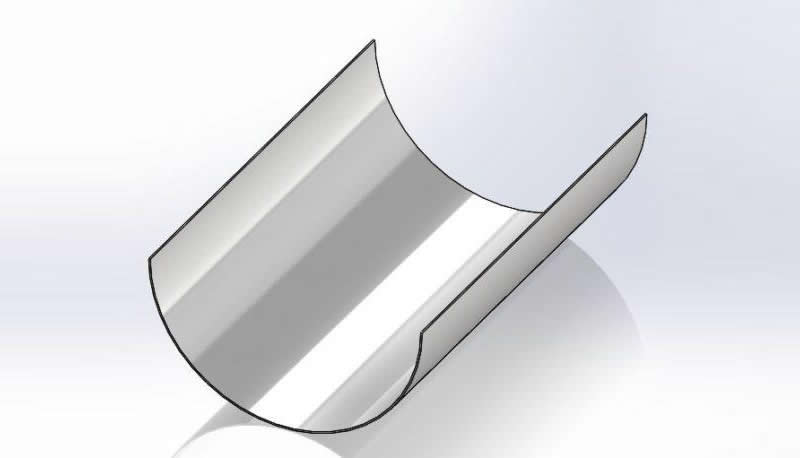
Different types of stainless steel are selected according to the specific conditions of different working conditions.
The boiler was originally designed to be accurate. Different materials have different temperature resistance and mechanical strength, generally has a temperature resistance of 600 ℃ or less.
We can also supply boiler tubes erosion shields of other materials.
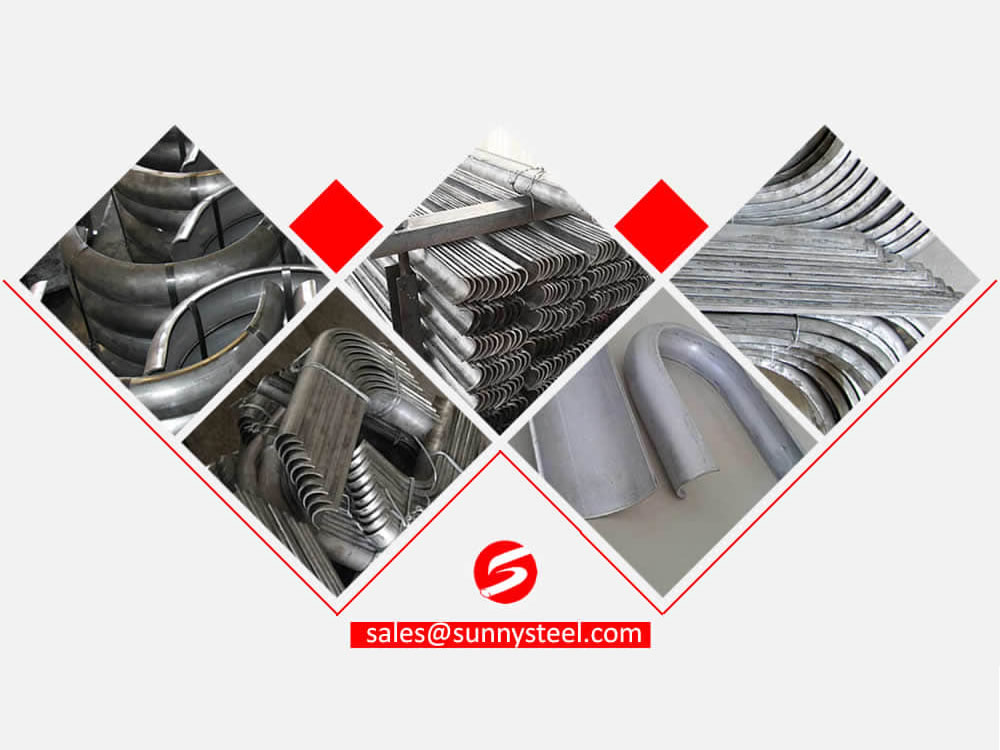
Tube shields are custom made to fit perfectly to straight sections, curved sections and even finned and specialised tubing.
Boiler tube erosion shields, also known as anti-corrosion shields, anti-wear plate, anti-wear protection shields, anti-wear cover plate, anti-corrosion cover plate, boiler climbing pipe, anti-wear pressure plate, etc. , which are used in combination with snap rings.
Boiler tube erosion shields are produced using a high-pressure press and professional mould pressing. The production time is short, the welding performance is good, the welding should not fall off, the surface is smooth, and the appearance is beautiful. Boiler tube erosion shields with bends are formed by pressing on a press or bending with a special abrasive on a tube bender.
Boiler tube shields are designed to eliminate major maintenance and downtime costs from boiler and condenser tube failure.
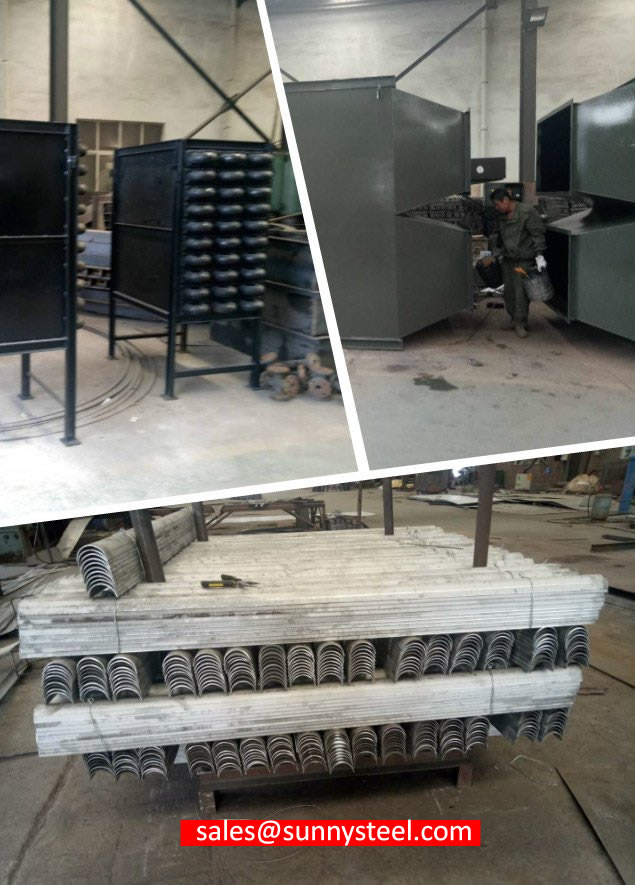
The service life of boiler tubes erosion shields is different in different types of boilers and different use parts.
The normal service life is a period of overhaul (3-5 years) for the boiler. Generally, some boilers will be replaced or retrofitted every time the boiler is overhauled. The main replacements are those of the Boiler Tubes Erosion Shields that are severely thinned and exceeded the standard; those that were not firmly detached during the boiler operation during the previous installation. According to the wear of the Boiler Tubes Erosion Shields during replacement, if the thickness is severely reduced, it needs to be replaced, the deformation is severe, and those that cannot protect the tube also need to be replaced. In addition, some boiler tubes are not equipped with Boiler Tubes Erosion Shields, but during the boiler inspection, it is found that the tubes have a tendency of wear and thinning. Generally, Boiler Tubes Erosion Shields are also installed to prevent further wear of the tubes and cause serious consequences such as boiler explosion.
On the heating surface of superheater and economizer tube bundle of the boiler, in order to prevent the pipe from being worn by high temperature flue gas washing, boiler tubes erosion shields are mostly arranged on the outer side of the pipe in the direction of flue gas flow. The elbow erosion shields solves the abrasion problems of water wall tubes, superheater tubes, economizer tubes and reheater tubes in the furnace, and provides guarantee for the long-term and reliable operation of CFB boiler. With the increase of CFB boiler products, the type and quantity of The elbow erosion shields will increase.
Our understanding of and commitment to the steam and power generation business enables us to solve your boiler tube erosion or corrosion problems efficiently. Our technical staff can quickly recommend the proper material type and configuration to meet your needs…and can quote your outage delivery requirements on a month basis.
Do you accept a special order?
A: Yes, we do. We can manufacture all kinds of chemical equipments according to your technical drawings(Before you givethem to us, will sign the contract and confidentiality agreement with you. You don’t need to worry about that.)
Can you make a design for us?
A: Yes, we can. What we supply is not only product, but also solution and design. And if you make the product in our factory,the design will be free. If not, design fees will be charged accordingly.
Q: Do you provide after-sales service?
A: Yes, we do. This product is guaranteed up to one year from purchase unless manmade damage. If there is anything wrongwith product itself quality problem,we will change or repair it at our charge.If not, we will provide aftersales service at your charge.
1Cr13 boiler tube shields find extensive use in various industrial applications, including:
In power generation plants, boiler tube shields made from 1Cr13 protect the boiler tubes from the harsh and corrosive environment during steam generation. They ensure the longevity and efficiency of the boiler system.
Chemical processing industries often utilize 1Cr13 boiler tube shields in reactors and heat exchangers to safeguard the components from chemical reactions and high temperatures.
Petrochemical plants employ 1Cr13 boiler tube shields to protect the boiler tubes from corrosive substances and maintain the reliability of the equipment.
Refineries utilize 1Cr13 boiler tube shields to protect the boiler tubes from the corrosive and high-temperature environment during various refining processes.
In the pharmaceutical industry, 1Cr13 boiler tube shields are used to maintain the integrity and efficiency of boilers used in critical processes.
1Cr13 boiler tube shields are essential components in various industrial settings, offering outstanding corrosion resistance, high strength, and wear resistance. Their contribution to maintaining the efficiency and longevity of boilers cannot be understated. With their superior properties, 1Cr13 boiler tube shields play a vital role in ensuring the smooth operation of critical industrial processes.
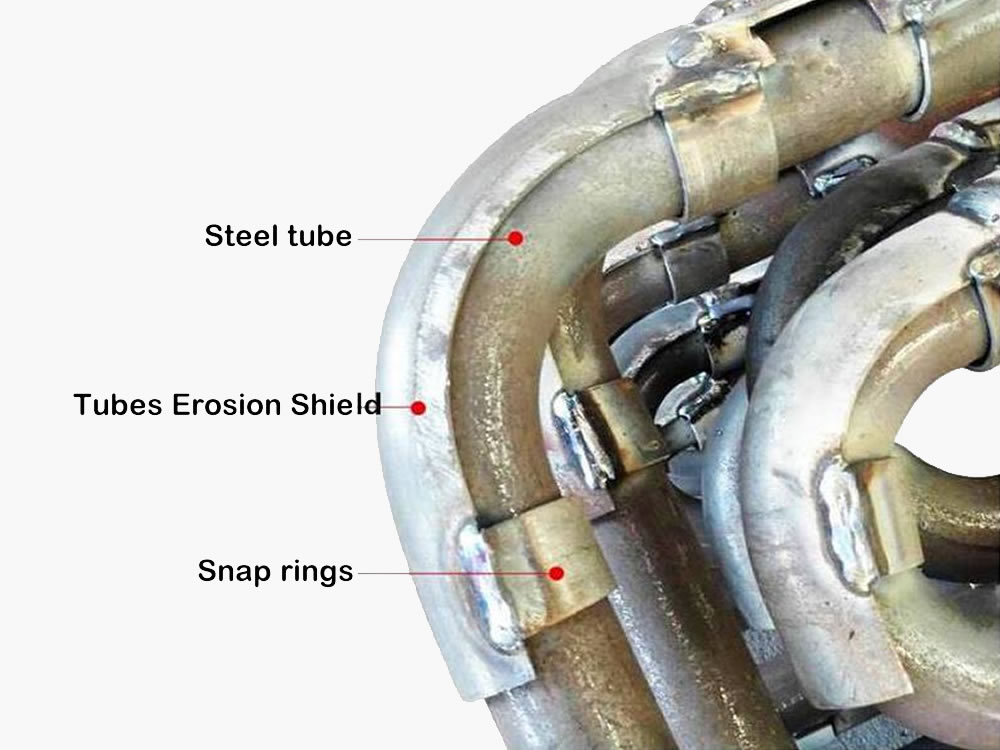
Generally, boiler tubes erosion shields are also installed to prevent further wear of the tubes and cause serious consequences such as boiler explosion.
The main role is to protect the heating surface of the boiler pipes, reduce pipeline wear, and increase the heating surface of the pipes.
The snap ring is a short section that is installed on the pipe in conjunction with the wear-resistant tile. Generally, it is welded to the wear-resistant tile by lap welding, that is, to cover the wear-resistant tile slightly, so it is larger than the wear-resistant tile. The opening arc is around 190-200 degrees, the welding position needs to be set aside to facilitate welding and fixing. The width of the snap ring must not be less than 20mm.
The installation requirements of anti-friction tiles of different shapes are slightly different. Basically, each anti-friction tile is installed with not less than 2-4 snap rings. The snap ring and the anti-friction tile are welded together to prevent expansion due to heat. The tiles fall off, and the joints are required to be fully welded.
Generally, boiler tubes erosion shields are also installed to prevent further wear of the tubes and cause serious consequences such as boiler explosion.
The main role is to protect the heating surface of the boiler pipes, reduce pipeline wear, and increase the heating surface of the pipes.
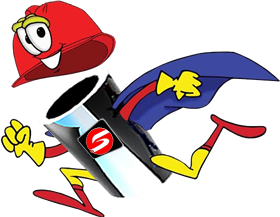
When you partner with Sunny Steel, you can stop worrying about meeting deadlines thanks to our responsive and timely service. You'll also say goodbye to unnecessary shopping around. Instead, you'll get white glove service from an expert who understands your needs and can get you the materials you need quickly.
